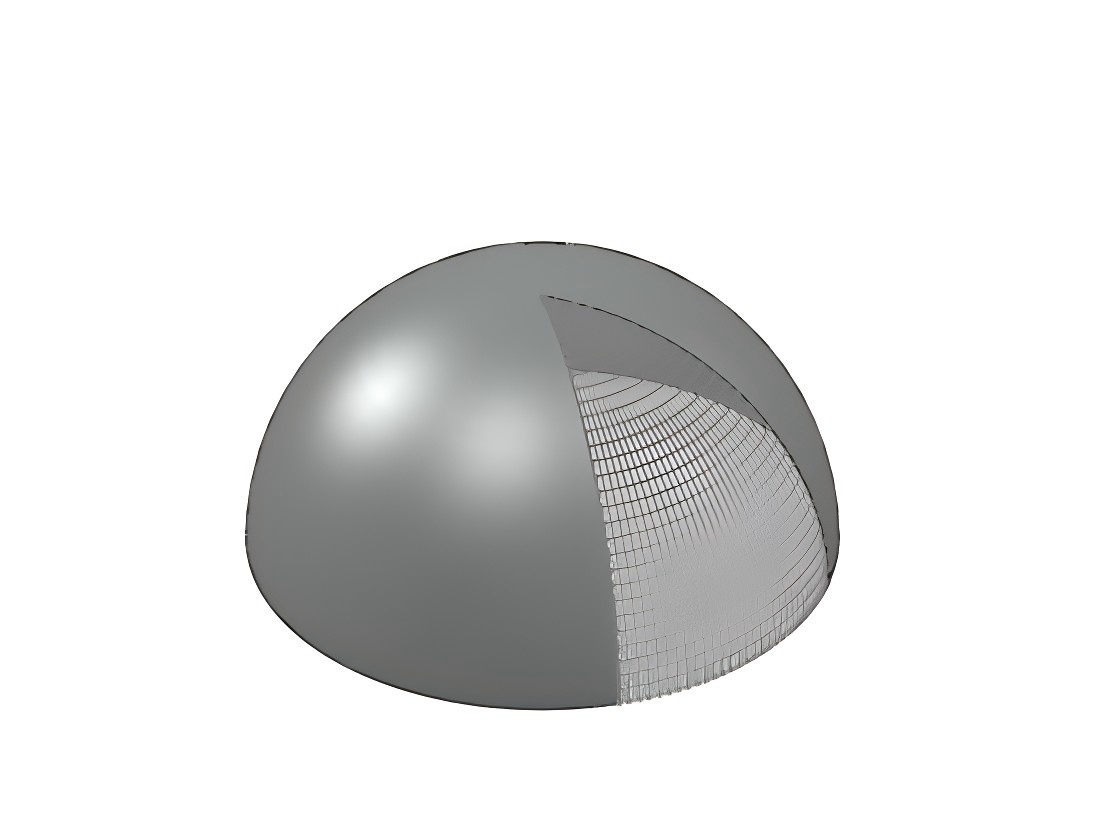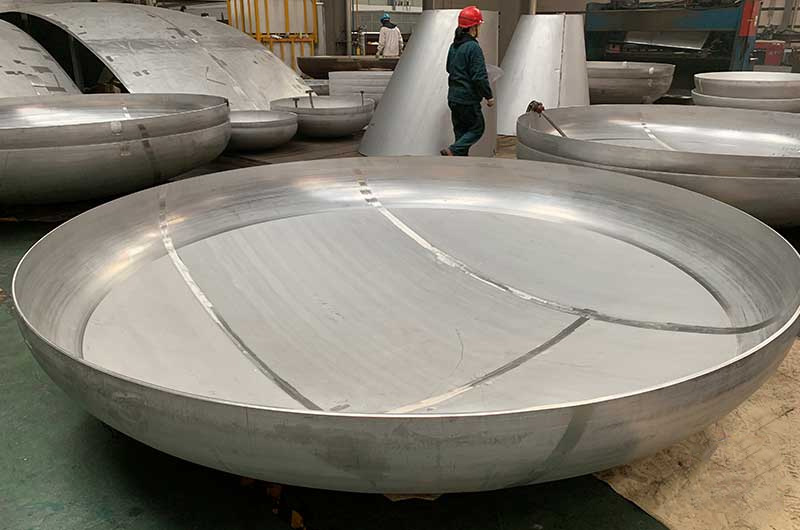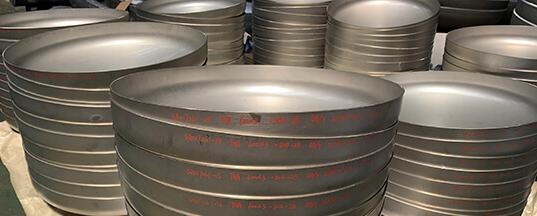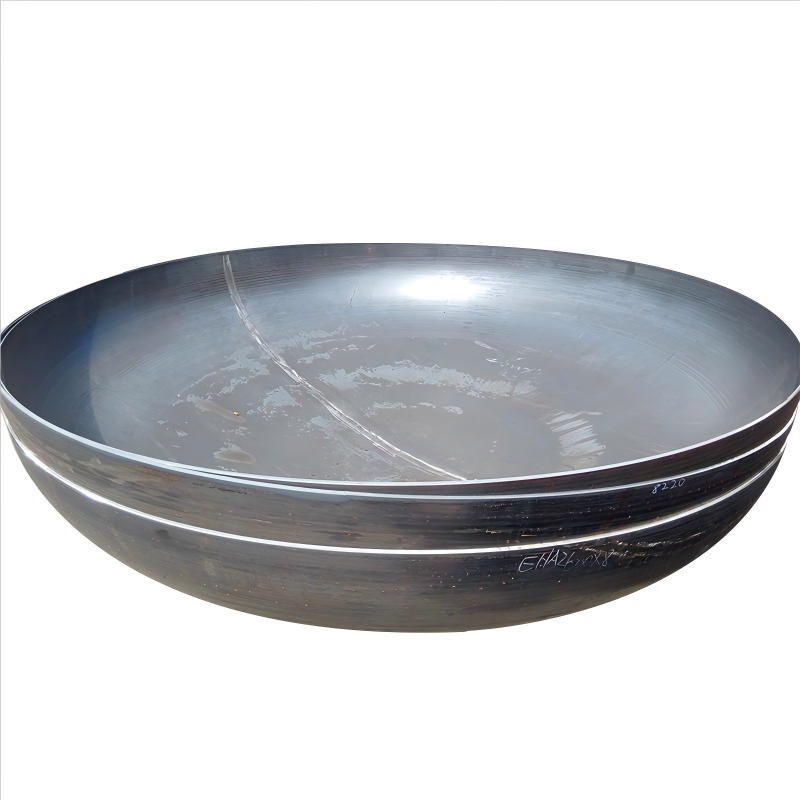Thickness Distribution of Thick Walled Heads During Forming
Upload Time:
Dec 17, 2024
The wall thickness of thick-walled heads varies, with the center thinning less and the edges thinning more, especially in multi-stage forming processes.
In the manufacturing process of thick walled heads, the forming load is typically large, but the overall wall thickness tends to be relatively uniform. This is due to the fact that the head undergoes fewer drawing operations, resulting in less deformation compared to other processes. During the forming, the central part of the blank makes initial contact with the punch, which limits the thinning in this region. However, the surrounding metal is subjected to greater tensile stress, making it more prone to thinning and, therefore, likely to become the weakest area.
Calculations show that the maximum thinning occurs within the range of 10° to 30° from the vertical axis. In contrast, the forming load during multiple forming processes is smaller. However, since the blank undergoes three stages of deformation—including multiple deep drawing and bulging operations—the overall deformation and thickness reduction are more significant, resulting in greater variation in wall thickness across the head.
Assuming the minimum wall thickness of the head is ( S_ { ext {min} } = 120.5 , ext {mm} ), the maximum reduction rate is 5.9%, which meets the forming requirements. The first stamping process involves a smaller pull ring, which causes the central area of the blank to bend and deform before the metal is fully drawn. As a result, a phenomenon known as "backward movement" occurs, leading to significant thinning in the area around 20° to 40° from the vertical axis. This thinning area is caused by the deformation during the early stages of the process, where a larger area of the metal comes into contact with the punch.
In addition to this primary thinning zone, another thinning area appears around the vertical axis at approximately 80°—where the rounded corner transitions into the straight edge. This thinning is attributed to the significant bending deformation of the rounded corner during the third stamping stage, which causes the corner to thin and results in a "W"-shaped distribution of wall thickness across the head.
In the case of a one-time forming process, the blank is bent in advance, forming a straight edge area that does not experience any further bending or thinning. This results in a more uniform thickness distribution compared to the multi-stage forming process.
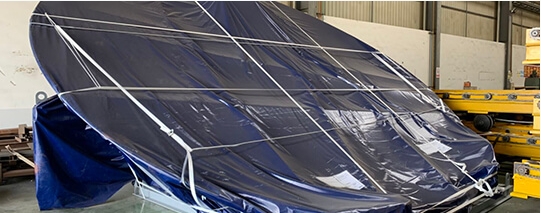
Relevant News
